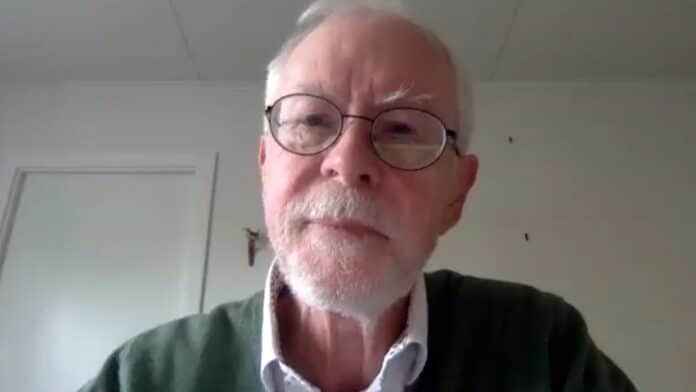Biophilia, or the instinctive positive reaction to contact with nature, causes humans, even living and working in cities, to seek green surroundings. This has been confirmed in numerous scientific studies comparing people’s reactions to nature and urban development, though scientists do not agree on what causes this. Analyses by Swedish researchers indicated that this is not necessarily an innate trait, but experiences from childhood related to living in a green environment do play a significant role. Scientists are urging urban planners to take this into account when designing cities, especially considering that – as estimated by the UN – the number of people living in cities will increase by as much as 70% by the middle of this century.
“Urban greenery has a positive impact on residents. However, it is not entirely clear why this happens. Explaining this issue was the goal of our study. We determined that how people react to the presence of nature and green areas in the city depends on both innate factors and environmental conditions, including childhood experiences,” said Bengt Gunnarsson, retired professor of sociology at the University of Gothenburg, in an interview with Newseria Innowacje.
Scientists have long been pondering the theory of biophilia, or the innate positive reaction of humans to nature. Swedish researchers from the University of Gothenburg and the Swedish University of Agricultural Sciences have analyzed a series of studies on this subject to figure out what could be causing this. One of the studies they considered involved a test carried out using instant associations, in which participants were asked to indicate the emotional value of their reaction to Chinese characters preceded by images of nature and cities. The essence of the study was that participants did not know how to read Chinese. The emotional value was essentially a reaction not to the inscriptions, but to the accompanying image. People showed an immediate positive reaction to photos of nature and a complex reaction to urban images. Interestingly, the more they interacted with nature in childhood, the less positive reaction was observed in them with regard to images of cities. These results suggest that unconscious positive emotional reactions to nature may be innate, but reactions to urban environments are partially shaped by early experiences.
“The study is important primarily because it explains why people like to be in nature, and secondly, it highlights the fact that not all people have the same relation to nature,” the scientist emphasized.
The analysis of the studies also found that people might individually perceive nature. Some prefer parks, manicured gardens and lawns, while others prefer to be in a more wild environment. And these preferences are also influenced by childhood experiences.
“So there are different needs, and therefore, green areas in cities should have varied characteristics, so everyone can find a suitable place,” Professor Bengt Gunnarsson said. “In the final tally, this has a positive impact on public health. Green spaces should be taken into account when planning city expansions, as access to them has a very positive impact on both physical and mental public health. Being in the mild circumstances of nature, most people feel more relaxed and are more likely to engage in physical activity, which should also be assessed positively.”
These observations are confirmed by subsequent studies. Japanese scientists conducted an experiment in which participants were asked to walk in the forest and in the city. Their heart rates were measured during this. It turned out that positive emotions during a walk in the forest appeared in 65% of people. According to experts, positive reactions to contact with greenery should encourage urban planners to remember to plan city centers with their own kind of oasis in mind.
Australian scientists have also contributed to confirming the theory of biophilia. They studied Gold Coast, a city where skyscrapers are located right on the beach. Participants were invited to the study, whose parameters, such as heart rate and brain wave frequency, were examined while staying in the densely built-up area and on the beach. Not only did the participants achieve relaxation, calm, and increased creativity values while in nature, but it also turned out that being among skyscrapers increases the level of stress and feelings of uncertainty.


















